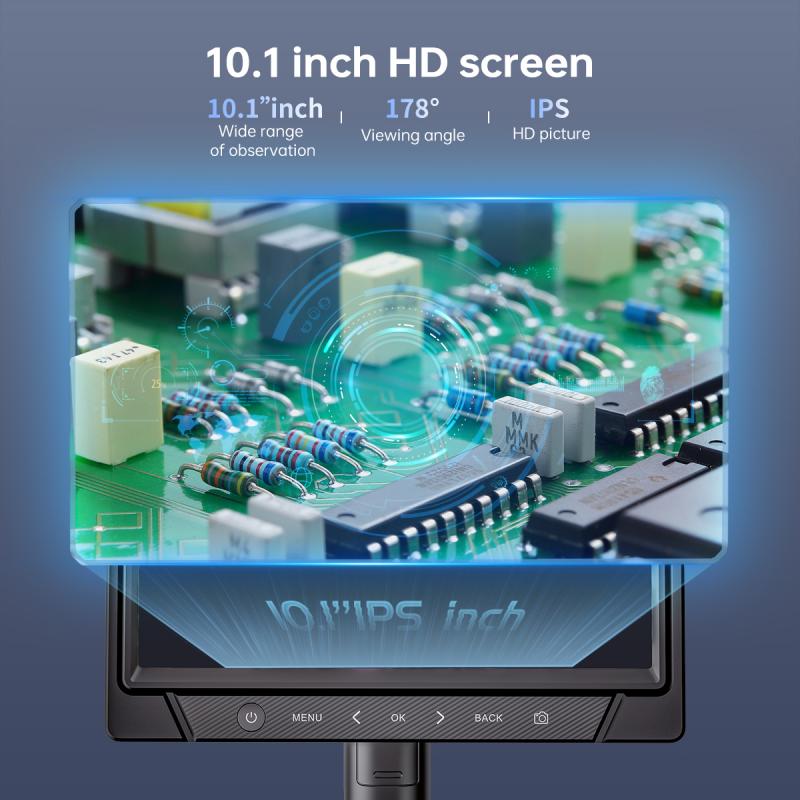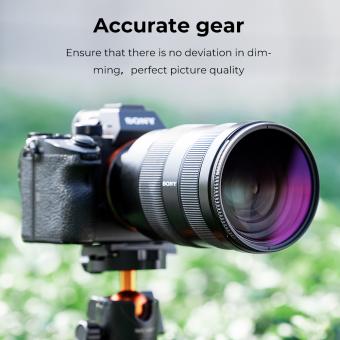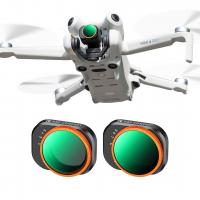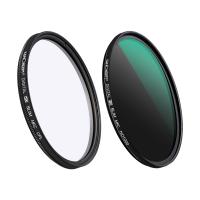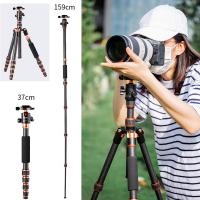Who Invented The 1st Microscope ?
The invention of the first microscope is credited to Zacharias Janssen and his father Hans Janssen, who were Dutch spectacle makers.
1、 Early microscope prototypes and inventors
The invention of the first microscope is a topic that has been debated among historians and scientists for centuries. While there is no definitive answer, several early microscope prototypes and inventors have contributed to the development of this groundbreaking instrument.
One of the earliest known microscope prototypes was created by the Dutch spectacle maker, Zacharias Janssen, in the late 16th century. Janssen's microscope consisted of a convex lens at the top and a concave lens at the bottom, allowing for magnification of small objects. However, the exact details of Janssen's invention are unclear, and some argue that his microscope was more of a compound magnifying glass rather than a true microscope.
Another notable figure in the history of microscopy is the Dutch scientist, Antonie van Leeuwenhoek. In the 17th century, Leeuwenhoek developed a single-lens microscope with remarkable magnification capabilities. He used his microscope to observe and document various microorganisms, becoming the first person to describe bacteria, sperm cells, and red blood cells. Leeuwenhoek's contributions to microscopy were significant, and he is often credited as one of the pioneers of the field.
It is important to note that the development of the microscope was not solely attributed to one individual. Rather, it was a collective effort involving multiple inventors and scientists over several centuries. The invention and improvement of lenses, advancements in glassmaking techniques, and the understanding of light and optics all played crucial roles in the evolution of the microscope.
In recent years, there has been a growing recognition of the contributions made by early female scientists to the development of microscopy. For instance, the English naturalist Elizabeth Gwillim was known to have constructed microscopes in the early 18th century. However, due to the limited historical records and the prevailing gender biases of the time, many of these women's contributions were often overlooked or attributed to their male counterparts.
In conclusion, while it is difficult to pinpoint the exact inventor of the first microscope, early microscope prototypes and inventors such as Zacharias Janssen and Antonie van Leeuwenhoek played significant roles in its development. The microscope has since undergone numerous advancements and continues to be a vital tool in scientific research and discovery.
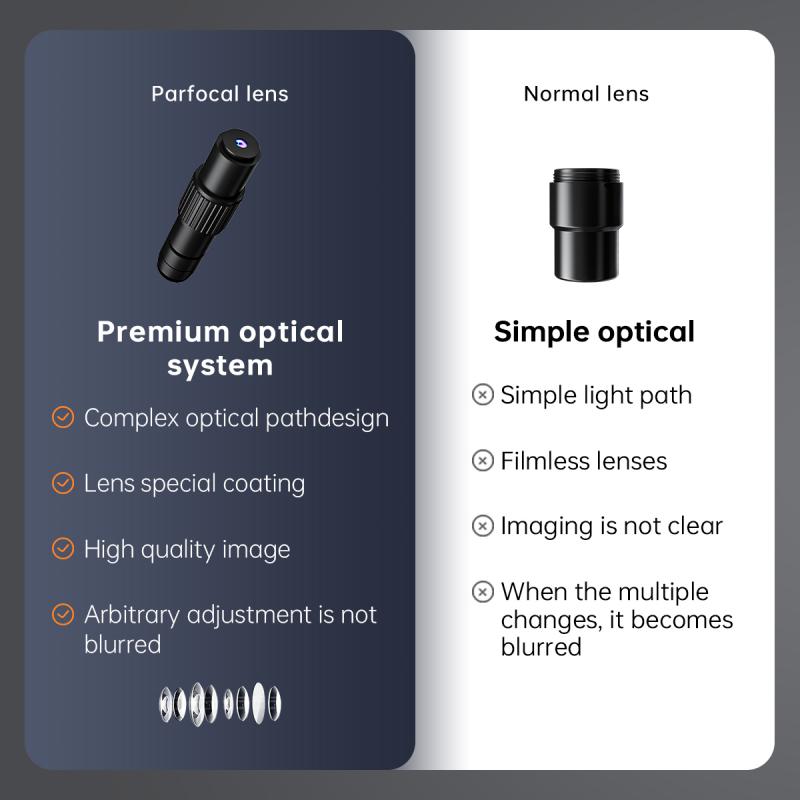
2、 Development of the compound microscope
The development of the compound microscope is a fascinating journey that spans several centuries. While it is difficult to pinpoint a single individual who invented the first microscope, the credit is often given to two Dutch spectacle makers, Zacharias Janssen and his father Hans Janssen, in the late 16th century. They are believed to have created a simple microscope consisting of a convex lens and an eyepiece, which allowed for magnification of small objects.
However, it is important to note that the concept of magnification and lenses had been explored by others before the Janssens. For instance, the ancient Egyptians and Romans used glass lenses to magnify objects, and the Arab scholar Alhazen wrote about the principles of optics in the 11th century. These early developments laid the foundation for the invention of the compound microscope.
Over time, other scientists and inventors made significant contributions to the improvement of the microscope. In the 17th century, the Dutch scientist Antonie van Leeuwenhoek made groundbreaking discoveries using his own handcrafted microscopes. He observed and described microorganisms, red blood cells, and spermatozoa, among other things, opening up a whole new world of microscopic exploration.
In the 19th century, advancements in lens manufacturing and optical theory led to the development of more sophisticated compound microscopes. German physicist Ernst Abbe, along with Carl Zeiss and Otto Schott, revolutionized microscope design by introducing the concept of numerical aperture and developing high-quality lenses. This breakthrough greatly improved the resolution and clarity of microscopic images.
In recent years, there has been a growing recognition that the invention of the microscope was not solely the work of one individual or group. It was a cumulative effort that built upon the knowledge and discoveries of many scientists throughout history. The Janssens, van Leeuwenhoek, Abbe, and countless others all played a role in the development of the compound microscope, each contributing their unique insights and innovations.
Today, the compound microscope continues to evolve with advancements in technology. Electron microscopes, confocal microscopes, and other specialized variants have expanded our ability to observe and understand the microscopic world. The invention of the microscope has undoubtedly revolutionized science and has had a profound impact on various fields, including biology, medicine, and materials science.

3、 Contributions of Antonie van Leeuwenhoek
The first microscope was not invented by a single individual, but rather developed over time by several scientists. However, Antonie van Leeuwenhoek is often credited with making significant contributions to the development of the microscope.
Antonie van Leeuwenhoek, a Dutch scientist, is known for his pioneering work in microscopy during the 17th century. He is often referred to as the "Father of Microbiology" due to his groundbreaking observations using microscopes he crafted himself. Although he did not invent the first microscope, he greatly improved upon existing designs and made significant advancements in the field.
Van Leeuwenhoek's microscopes were simple, single-lens devices that he meticulously crafted by hand. He achieved remarkable magnification levels, up to 300 times, by grinding tiny glass spheres into lenses. With these microscopes, he made numerous groundbreaking discoveries, including the first observations of bacteria, red blood cells, sperm cells, and microscopic organisms in water.
Van Leeuwenhoek's contributions to microscopy were revolutionary for his time. His meticulous observations and accurate drawings of microorganisms laid the foundation for the field of microbiology. His work challenged the prevailing belief in spontaneous generation and supported the theory of biogenesis, which states that living organisms can only arise from other living organisms.
It is important to note that while van Leeuwenhoek made significant contributions to the development of the microscope, he was not the sole inventor. The microscope had been evolving for several decades before his time, with contributions from scientists such as Robert Hooke and Galileo Galilei.
In conclusion, while Antonie van Leeuwenhoek did not invent the first microscope, his contributions to the field of microscopy were invaluable. His meticulous observations and groundbreaking discoveries paved the way for future advancements in microbiology and our understanding of the microscopic world.

4、 Improvements by Robert Hooke and Marcello Malpighi
The invention of the first microscope is a topic that has been debated for centuries. While there is no definitive answer, there are two prominent figures who made significant contributions to the development of the microscope: Robert Hooke and Marcello Malpighi.
Robert Hooke, an English scientist, is often credited with inventing the first microscope. In 1665, he published a book called "Micrographia," in which he described his observations using a compound microscope. Hooke's microscope consisted of a series of lenses that magnified the specimen, allowing him to see intricate details of objects that were previously invisible to the naked eye. His work laid the foundation for the field of microscopy and greatly advanced our understanding of the microscopic world.
However, it is important to note that Hooke's microscope was not the first of its kind. Marcello Malpighi, an Italian biologist, also made significant contributions to the development of the microscope. In the late 17th century, Malpighi used a simple microscope to study plant and animal tissues. He made groundbreaking discoveries about the structure and function of various organs, including the lungs and the skin. Malpighi's work was instrumental in establishing the field of histology and paved the way for future advancements in microscopy.
It is worth mentioning that the concept of magnification and the use of lenses to observe small objects can be traced back to ancient times. The ancient Egyptians and Romans used simple lenses to magnify objects, and the Chinese developed a rudimentary form of a microscope known as a "water lens" in the 4th century BCE.
In conclusion, while there is no single individual who can be definitively credited with inventing the first microscope, Robert Hooke and Marcello Malpighi made significant contributions to its development. Their work revolutionized the field of microscopy and laid the groundwork for the advancements that followed.
